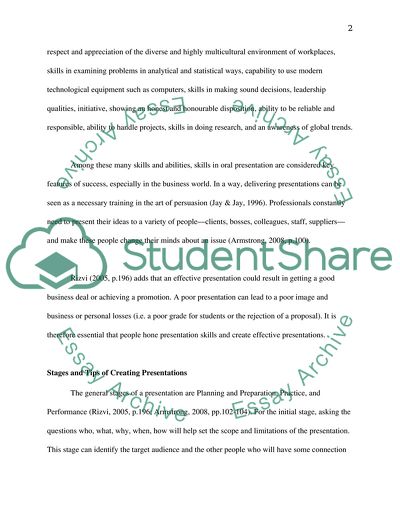Cite this document
(The Role of Speaking Before a Public and Creating Presentations Research Paper, n.d.)
The Role of Speaking Before a Public and Creating Presentations Research Paper. Retrieved from https://studentshare.org/design-technology/1722069-information-and-communication-studies
The Role of Speaking Before a Public and Creating Presentations Research Paper. Retrieved from https://studentshare.org/design-technology/1722069-information-and-communication-studies
(The Role of Speaking Before a Public and Creating Presentations Research Paper)
The Role of Speaking Before a Public and Creating Presentations Research Paper. https://studentshare.org/design-technology/1722069-information-and-communication-studies.
The Role of Speaking Before a Public and Creating Presentations Research Paper. https://studentshare.org/design-technology/1722069-information-and-communication-studies.
“The Role of Speaking Before a Public and Creating Presentations Research Paper”, n.d. https://studentshare.org/design-technology/1722069-information-and-communication-studies.


